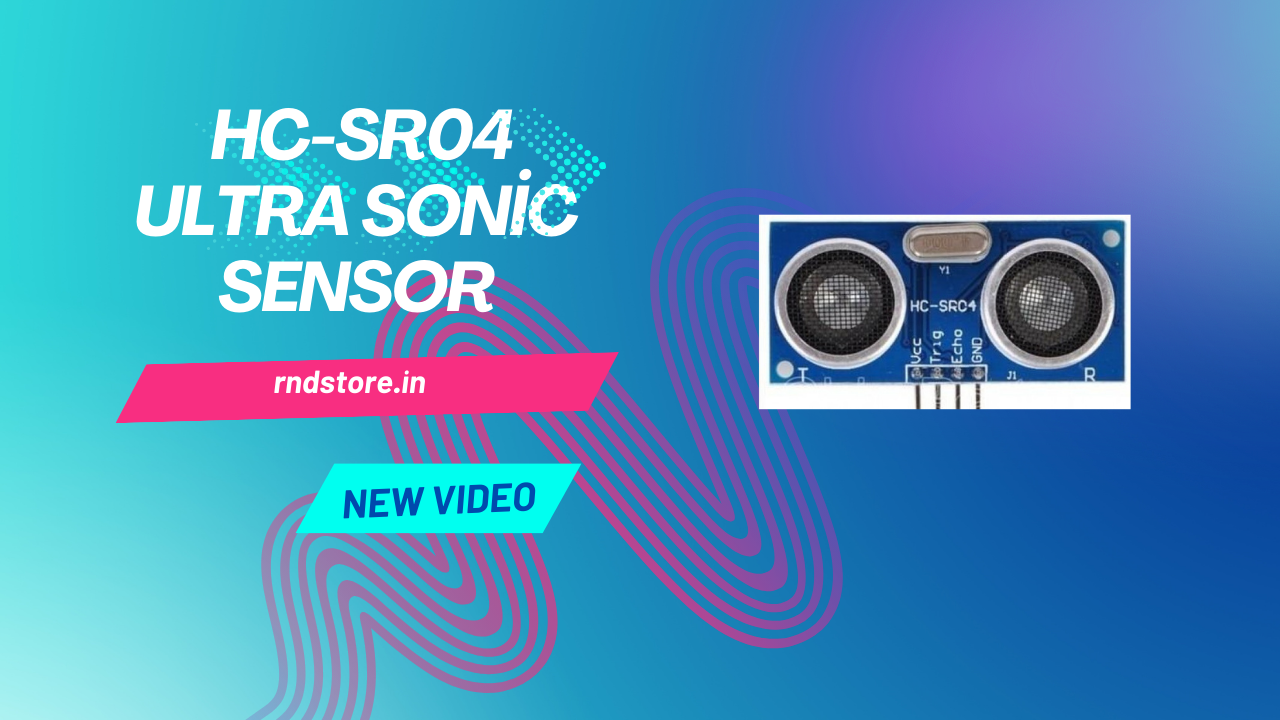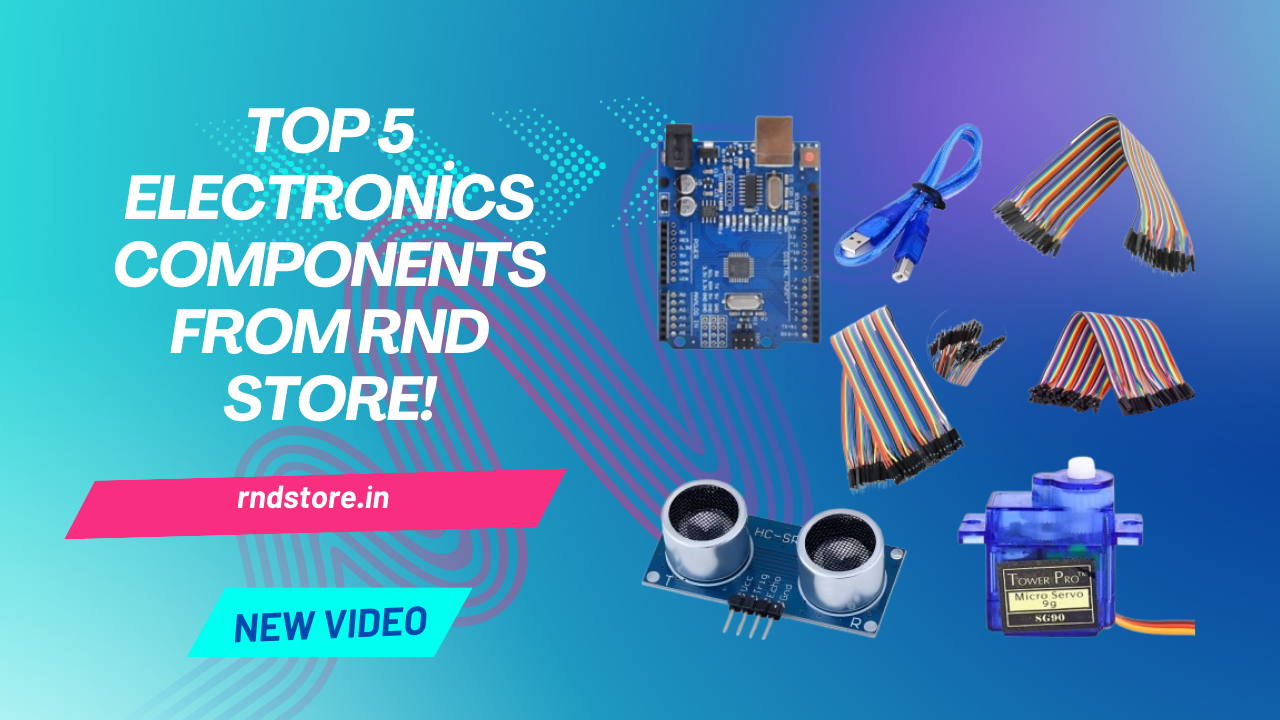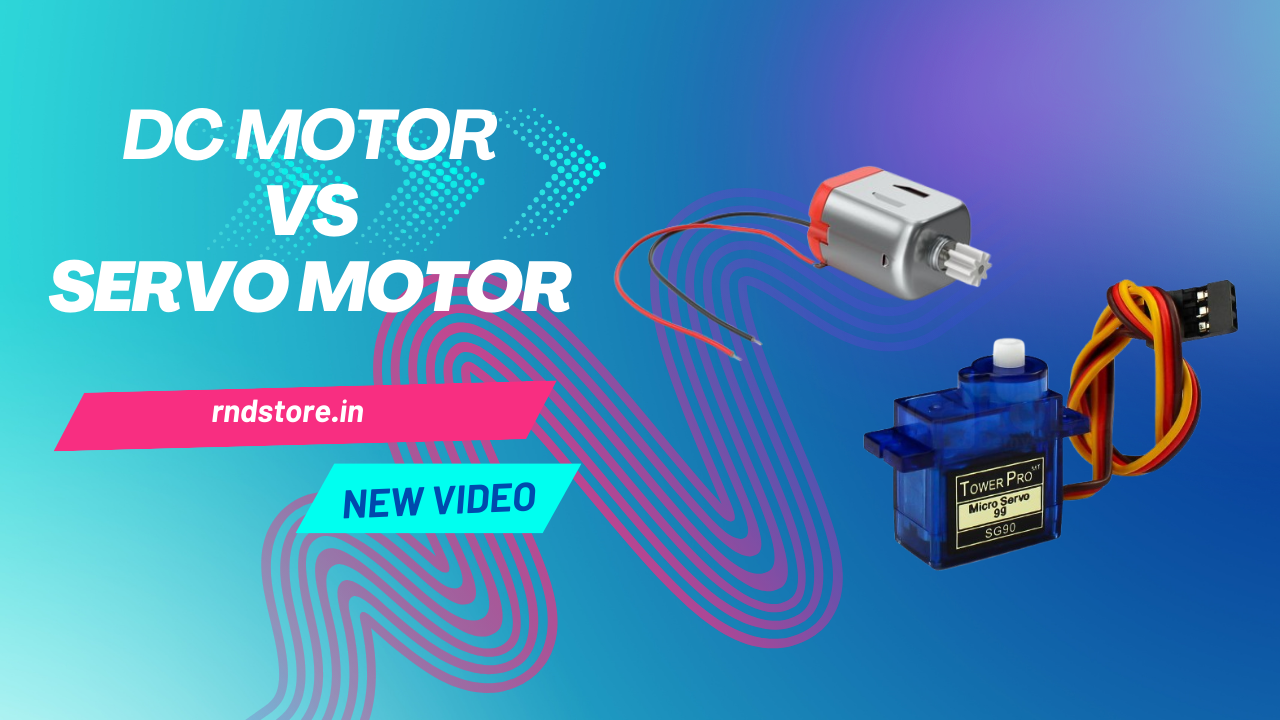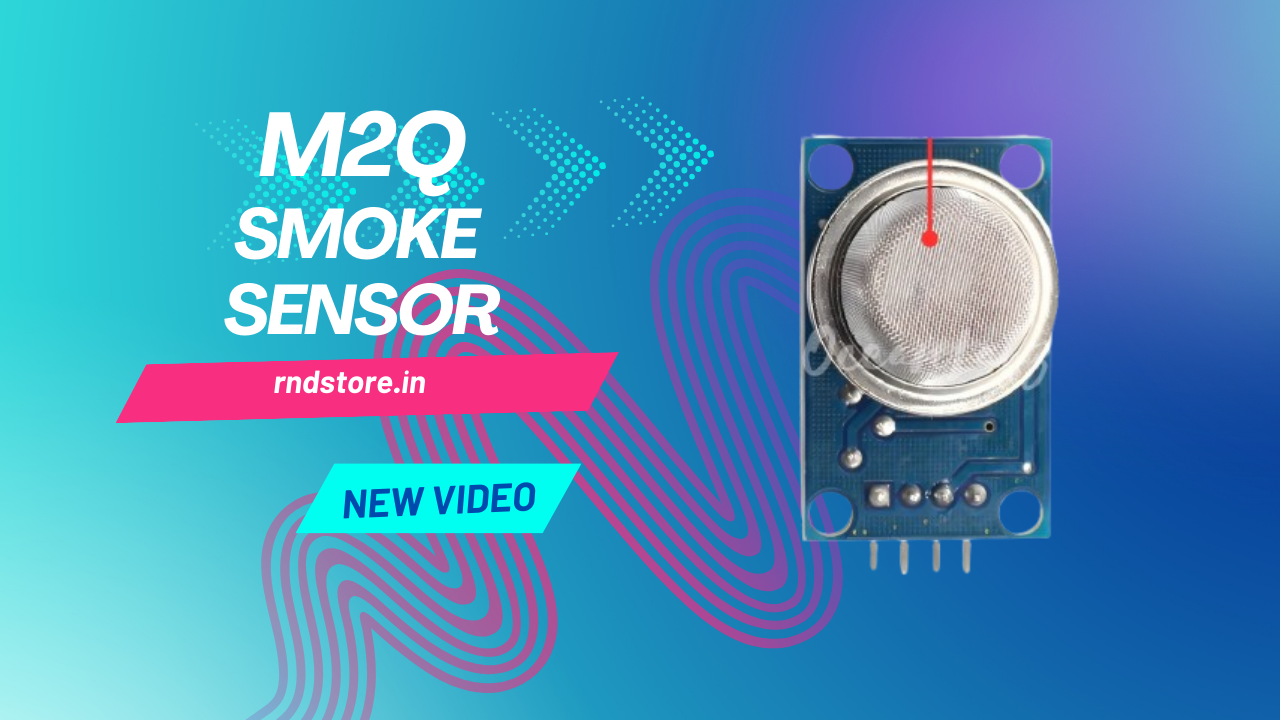No products in the cart.

When building electronics projects using Arduino, ESP32, or Raspberry Pi, you often need to connect multiple sensors, displays, or modules. That’s where the I2C protocol becomes incredibly useful.
Let’s break it down and understand how I2C makes communication between components simple, efficient, and wire-saving.
🧠 What is I2C?
I2C stands for Inter-Integrated Circuit. It’s a serial communication protocol that allows multiple chips to talk to each other using just two wires.
Developed by Philips (now NXP), it’s one of the most widely used protocols in embedded systems, especially in Arduino and microcontroller projects.
🔌 I2C Uses Only Two Wires:
SDA – Serial Data Line
SCL – Serial Clock Line
That’s all you need to communicate between a microcontroller (master) and one or more sensors/modules (slaves).
🔁 How I2C Works:
The master device (e.g., Arduino) controls communication.
Each slave device (sensor, display, etc.) has a unique address.
The master sends data requests or commands to a specific slave using its address.
Only the addressed slave responds, making communication fast and organized.
🧰 Why Use I2C?
✔️ Only 2 wires for multiple devices
✔️ Supports 100+ devices on one bus
✔️ Saves pin space on microcontrollers
✔️ Compatible with many modules like OLED, RTC (DS1307/DS3231), MPU6050, BME280, etc.
👉 Browse I2C-compatible modules on rndstore.in
🔎 Real Examples of I2C Devices:
| Device Type | Example Module |
|---|---|
| Display | 0.96” OLED I2C |
| Motion Sensor | MPU6050 Accelerometer |
| Clock | DS3231 RTC |
| Temperature Sensor | BME280 / BMP180 |
| EEPROM | 24C02 / 24C256 |
All these can connect to your Arduino using just SDA & SCL pins.
📺 Watch & Learn
🎥 Want to see I2C in action?
Watch how to connect multiple I2C devices to one Arduino board!
🛒 Shop I2C Components at RND Store
✅ Handpicked quality modules
🚚 Fast shipping across India
💡 Beginner-friendly and affordable!
👉 https://rndstore.in/i2c-lcd-display-interface-module-pcf8574t-serial/
🙌 Final Thoughts
The I2C protocol is a smart and efficient way to connect multiple modules using just two wires. It’s perfect for DIY projects, robotics, IoT systems, and educational experiments.
With just a little setup, you can create powerful systems that talk to each other — the smart way!
Related posts
In the world of electronics and safety automation, the MQ-2 Gas Sensor plays a critical role in detecting harmful gases...more
🔧 What is an Ultrasonic Sensor? An ultrasonic sensor is an electronic device that uses ultrasound waves to measure the...more
Starting your electronics journey or planning your next DIY project? Whether you’re a beginner, student, or hobbyist, there are certain...more
Whether you’re building a DIY robot, automation system, or learning about motors in electronics, understanding the difference between DC motors...more
The MQ-2 Gas Sensor is a highly popular and affordable sensor used to detect gases like LPG, methane, alcohol, propane,...more








Add comment